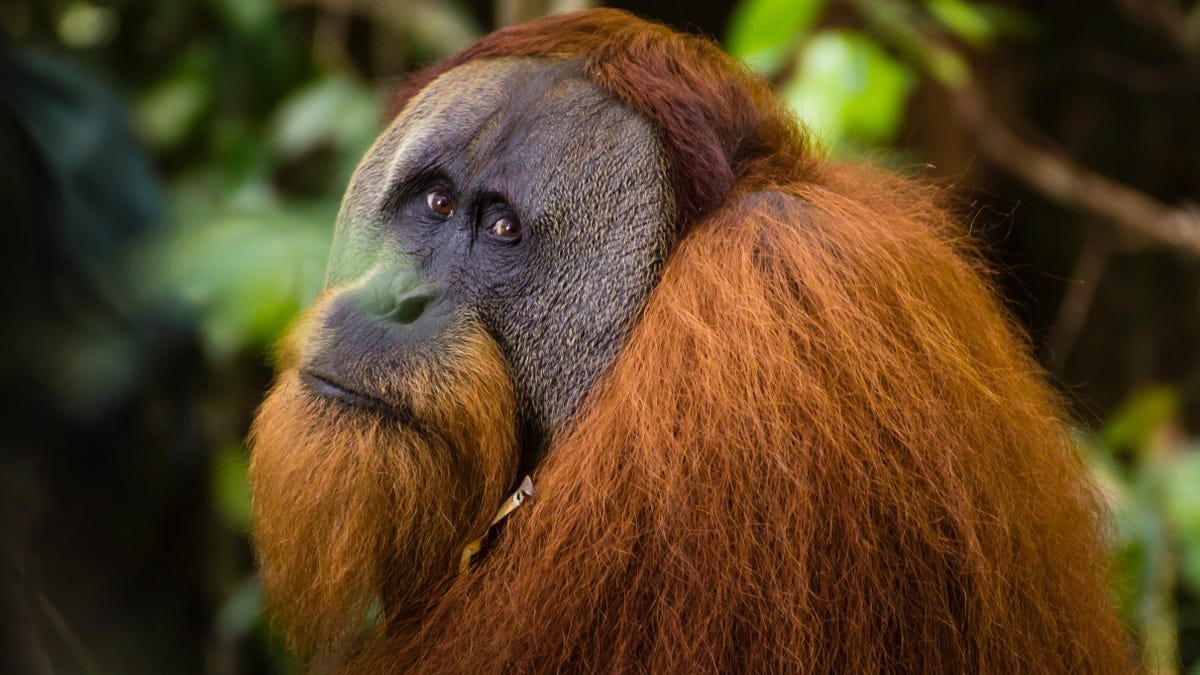Observe and know and Getting to know the natural environment that surrounds the University of Malaga From the QR code. This is what the UMA project proposal consists of. Openlab. This laboratory operates outdoors and its main goal is to transfer the knowledge and content taught in the classroom about botany, biology and genetics to the green areas of the university so that anyone who wants to learn about the properties of plants can.
This project is coordinated by Enrique Figuera Minguez, professor of genetics at UMA, and consists of about 20 teachers and students from disciplines such as botany, genetics, cell biology, geography and computer science. The idea, according to Figuera, arises from: “Taking advantage” of the stratigraphic knowledge and green areas of the UMA. Openlab It wants to be a new way of using green spaces on campus to transform it into an “open classroom,” an authentic outdoor laboratory available to the educational field and citizens that allows the observation, analysis, and extraction of scientific knowledge from the environment. In this way, they want students and everyone interested in plants to know their main characteristics in a simple way using only a mobile phone. The idea is to transform public space into an educational resource with direct contact between students and the natural environment.
In these QR codes There are different layers of scientific informationSince it depends on each person’s knowledge, they will enter one tab or another. The project integrates different scientific disciplines to complement the training of university students, develop research projects for high school and high school students, and citizen science projects. So, in the first layer there is content intended for university students, the second layer contains information for high school students who only know plants with pictures in books, and finally, in the third tab citizens find informal and easy-to-understand content.
The information that can be found depends on each version. currently The existing information relates to the molecular DNA markers of each plant.Histological sections, light and electron micrographs, georeferencing data, as well as photographs and information about these species. It should be noted that the genetic information of each plant determines whether it is a heat-accustomed specimen or a plant from an aquatic environment, as each plant will have some type of cellular structure.
With this information, Teachers who participate in this project can use it for their classroom practice. On the other hand, in their summer camps they can organize training activities and gyms so that young people can learn. Among them, the genetics teacher highlights that they can be exercises that make young people have to identify which plant a picture belongs to or provide them with a genetic sequence and search for several pictures from the same group.
Openlab It belongs to the Second Special Plan of Smart Campus and cooperates with the GreenSenti-IA project. He has been at the Botanical Garden of the University of Malaga for the past year and a half, and his next move has two parts. On the one hand They want to expand it to include geology, This means that these QR codes also identify rocks so that “they are not left alone in biology and so that students do not have to study them with pictures only.” In addition, they also want to expand it to other green spaces, both in the UMA and in the capital, among which they would like to reach Malaga Park.


:quality(85)/cloudfront-us-east-1.images.arcpublishing.com/infobae/EK3E3GEBHZDQXCFII2YMYIQUBM.jpg)


